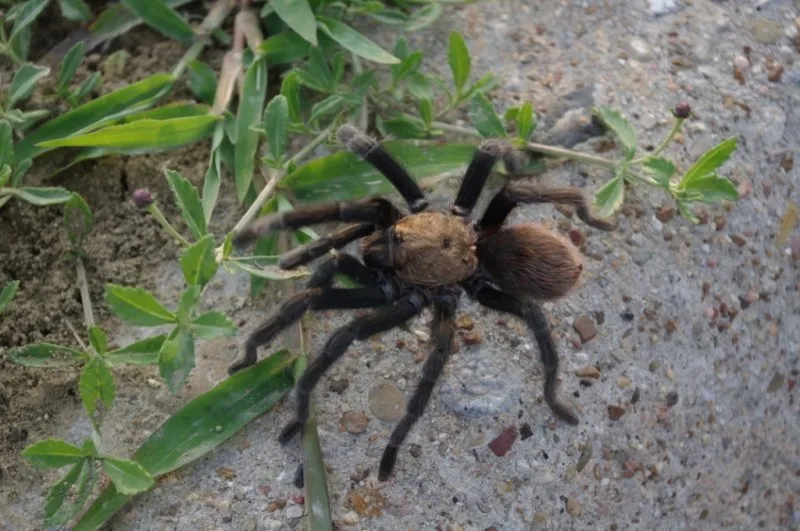Understanding Tarantulas on Texas Roads
Texas roads, especially during certain times of the year, can become temporary thoroughfares for a fascinating creature the tarantula. These large, often hairy spiders are a common sight in many parts of Texas, and their presence on roadways can be a source of both curiosity and concern for drivers. Understanding why they are there, how to identify them, and how to interact with them safely is crucial for anyone traversing Texas roads. This guide provides essential information to help you navigate these encounters responsibly.
Identifying Tarantula Species
While all tarantulas share some common characteristics, like their large size and hairy appearance, different species vary in color, size, and specific markings. Being able to identify the general type of tarantula you’ve encountered can be helpful, though it’s not always critical for safety. The most important thing is to recognize that it is a tarantula and to treat it with respect and caution. Knowledge of local species can also enrich your understanding of the ecosystem.
Common Tarantula Species in Texas

Several species of tarantulas are native to Texas, with the Texas Tan Tarantula (Aphonopelma anax) and the Oklahoma Brown Tarantula (Aphonopelma hentzi) being among the most frequently observed. These spiders generally range in size from three to five inches in body length, with a leg span that can reach up to six inches or more. Their coloration varies from brown to tan to darker shades, providing excellent camouflage in their natural habitats.
Distinctive Features to Look For
When observing a tarantula, pay attention to its size, color, and the presence of any distinctive markings. Some species have more vibrant colors on their legs or bodies, while others are more uniformly colored. Note the size of the fangs and the overall shape of the spider. These details can help you differentiate between species, although identification is not necessary for safe interactions. Always remember to observe from a safe distance and avoid getting too close.
Why Tarantulas Cross Texas Roads
Several factors contribute to the presence of tarantulas on Texas roads. Understanding these reasons can help you anticipate their behavior and take appropriate precautions. The timing of their road crossings is often linked to specific biological needs and environmental conditions.
Mating Season and Migration
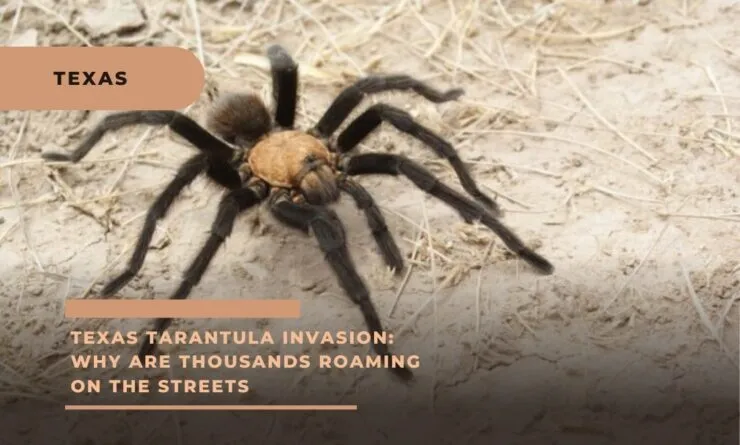
The primary reason for tarantula road crossings is often related to mating season, which typically occurs in late summer and early fall. During this time, male tarantulas leave their burrows in search of mates, often traveling long distances. This migration frequently involves crossing roads. The females, which generally remain in their burrows, may also move short distances, increasing the likelihood of encounters. Be aware that this is the peak time to observe tarantulas on roads.
Environmental Factors Influencing Movement
Weather conditions, such as rainfall and temperature fluctuations, can also influence tarantula movement. Heavy rains may flood their burrows, forcing them to seek higher ground, which may include roads. Moderate temperatures and humidity create optimal conditions for their activity. Be aware that tarantula activity may increase after periods of rain or during cooler evenings.
7 Tips for Safe Texas Road Tarantula Encounters
Encountering a tarantula on a Texas road can be exciting, but it’s important to prioritize safety. Here are seven tips to help you handle these situations responsibly and protect both yourself and the spiders.
1 Observe from a Distance
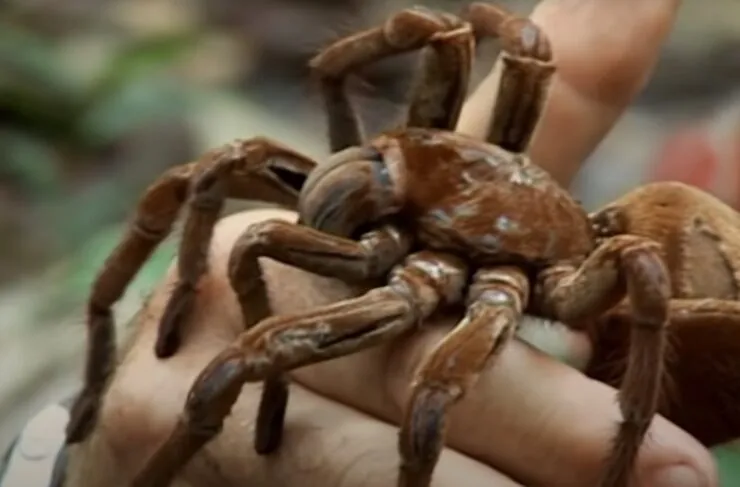
The best way to interact with a tarantula is from a safe distance. Use your car as a viewing platform. Avoid getting too close, as this can stress the spider and increase the risk of defensive behavior. Binoculars can be a useful tool if you want to get a closer look without getting too close.
2 Avoid Sudden Movements
Tarantulas, like many animals, can be startled by sudden movements. Avoid making quick gestures or loud noises near them. Move slowly and deliberately if you need to approach or back away.
3 Never Attempt to Handle
Resist the urge to pick up or handle a tarantula. While their bites are not usually life-threatening to humans, they can be painful. Also, you could inadvertently harm the spider. Admire them from afar; it’s the safest and most respectful approach.
4 Keep Pets Safe
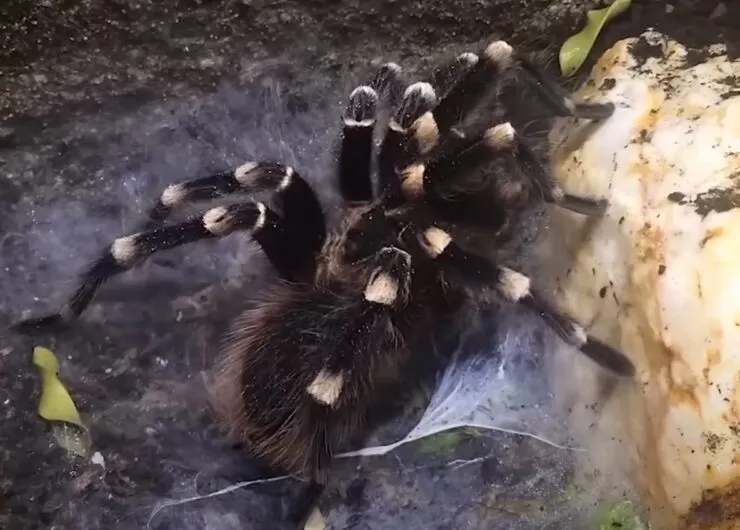
If you have pets with you, keep them on a leash and away from the tarantula. Dogs and cats may be curious and could get too close, potentially leading to a bite or injury for the pet. Protect your pets by keeping them at a safe distance.
5 Drive Slowly and Carefully
If you encounter a tarantula on the road, slow down and drive carefully. Swerving to avoid it can be dangerous, but running it over is not ideal either. Consider the safety of other drivers and choose the safest course of action, which may involve gently driving around the spider.
6 Report Sightings if Needed
If you encounter a large number of tarantulas in one area, or if you observe any unusual behavior, you can report your sightings to local wildlife authorities or a nature conservation group. This information can help them monitor tarantula populations and understand their movements.
7 Educate Yourself and Others
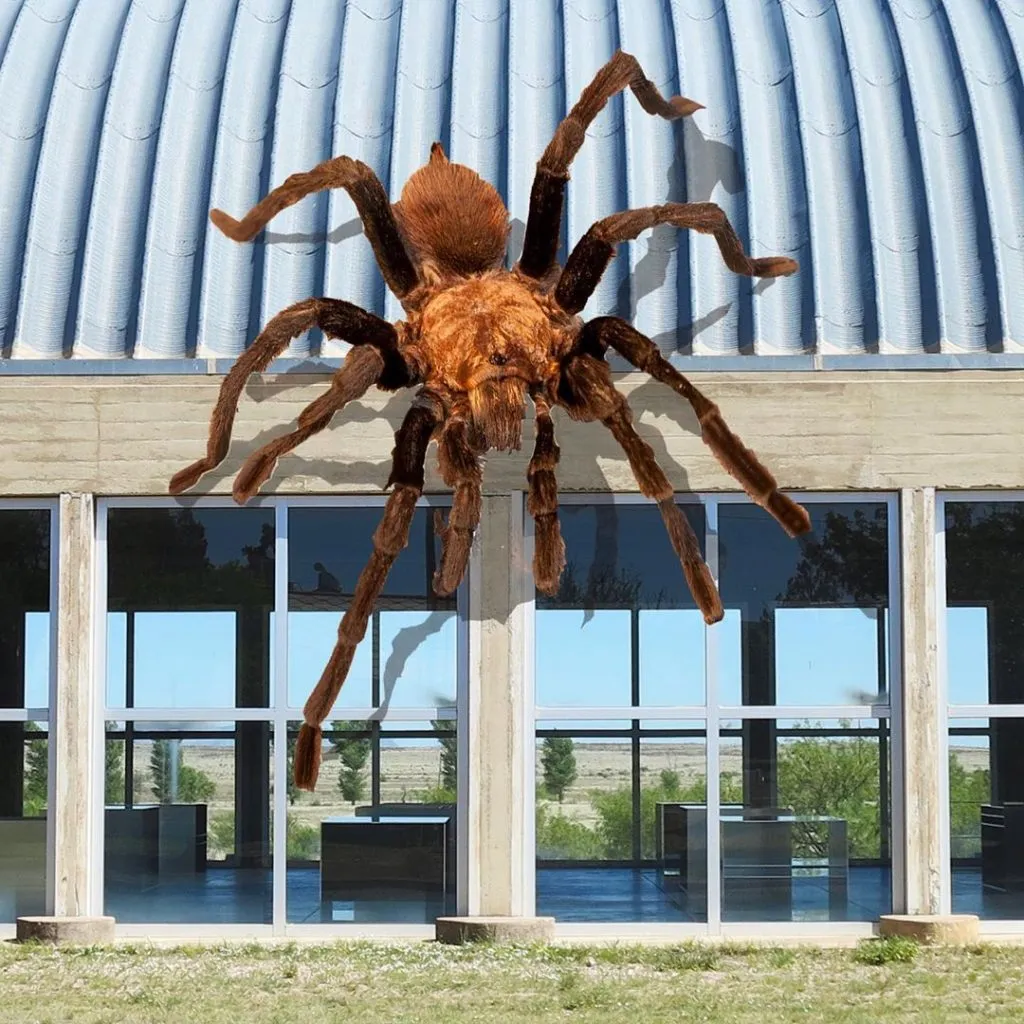
The more you learn about tarantulas, the better equipped you’ll be to handle encounters safely. Share your knowledge with others and help dispel myths or misconceptions. Increased awareness and understanding can contribute to the protection of these fascinating creatures.
What to Do if You Encounter a Tarantula
Knowing how to react when you encounter a tarantula on a Texas road is crucial for your safety and the spider’s well-being. Here’s what to do in different scenarios.
If a Tarantula is in Your Path
If you see a tarantula directly in your path, slow down and assess the situation. Avoid sudden movements or loud noises. If possible, gently steer around the spider, ensuring you do not run over it. If it’s safe, you can also stop your car and wait for it to move on its own.
If a Tarantula is Inside Your Vehicle

If a tarantula somehow enters your vehicle, remain calm. Pull over to a safe location and turn off the engine. Open the doors and windows to allow the spider to leave on its own. Do not attempt to swat or kill it, as this could provoke a defensive reaction. If the spider doesn’t leave, you may need to contact animal control for assistance.
The Importance of Tarantulas to the Ecosystem
Tarantulas play a vital role in the ecosystem, and their presence on Texas roads is a reminder of the rich biodiversity of the state. Understanding their ecological significance is essential to appreciating their role and promoting their protection.
Their Role in Pest Control
Tarantulas are natural predators that help control populations of insects and other invertebrates. By consuming these creatures, they contribute to the balance of the ecosystem, preventing overpopulation of potential pests.
Tarantulas and the Food Chain
Tarantulas, in turn, are prey for larger animals, such as birds of prey and some mammals. This predator-prey relationship is a critical part of the food chain. Tarantulas help to support the populations of these larger animals, contributing to the overall health and stability of the ecosystem. Their presence is a sign of a thriving natural environment.
Encountering a tarantula on a Texas road can be a memorable experience. By following these tips, you can ensure that these encounters are safe and respectful, contributing to the conservation of these fascinating creatures and the ecosystems they inhabit. Remember to observe, appreciate, and protect these amazing spiders whenever you encounter them on the Texas road.
